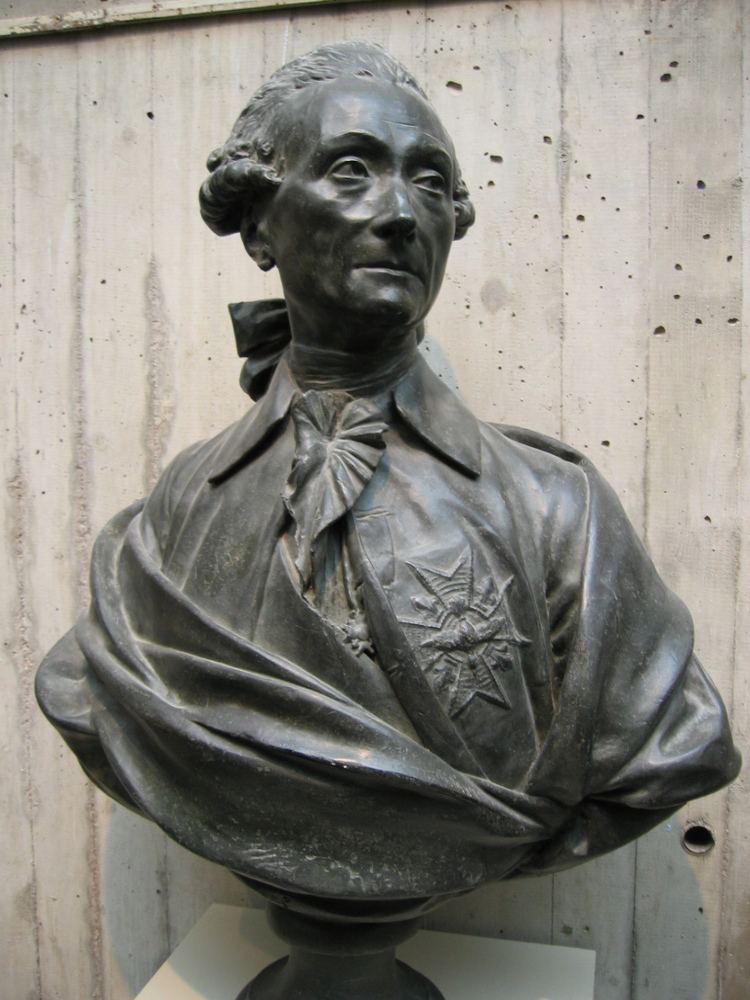Name Louis Mancini Grandparents Philippe Jules Mancini | Role Diplomat Great-grandparents Girolama Mazzarini | |
 | ||
Died February 25, 1798, Paris, France Parents Philippe Jules Francois Mancini | ||
Louis-Jules Barbon Mancini-Mazarin, duc de Nevers (16 December 1716 – 25 February 1798) was a French diplomat and writer.
Contents
The Duke was the sixth member elected to occupy seat No. 4 of the Academie francaise in 1742. In England, he was styled Duke of Nivernais, whilst in Italy, where his family originated they are known as Mancini-Mazzarino.
Biography
Mancini was born in Paris, son of Philippe Jules Francois Mancini (X duc de Nevers from 1707 until his death in 1768), and Anna Maria Spinola, whom he married in 1709. His father, Philippe, was a great-nephew of Cardinal Mazarin and a great-grandson of the famous beauty Gabrielle de Rochechouart de Mortemart, sister of Madame de Montespan.
Mancini (hyphenated Mazarin, Mazarini or Mazzarino) was educated at Lycee Louis le Grand before he joined the French Army serving in the Italian campaigns (1733) and in Bohemia (1740); but, he had to give up soldiering on account of weak health.
He was subsequently French Ambassador to Rome (1748–1752), Berlin (1755–1756) and London, where he negotiated the Treaty of Paris (10 February 1763). From 1787 to 1789 he was a member of the Council of State. He chose not to emigrate during the Revolution, which led to the loss of all his money and he was imprisoned in 1793. He regained his liberty after the fall of Robespierre, and died in Paris on 25 February 1798.
In 1743 the Duke was elected to the Academie francaise for a poem entitled Delie, and from 1763 he devoted the greater part of his time to the administration of his Burgundian estates in Nevers as well as to Belles-lettres. He wrote a great deal and with great facility; but his writings nowadays are generally considered to be of little value, his Fables being his best work. His Œuvres completes were published in Paris in 1796; an edition of his Œuvres posthumes was brought out in Paris by Nicolas-Louis Francois de Neufchateau in 1807, and his Correspondance secrete was published in Paris by De Lescure in 1866.
Family
At the age of fourteen he was married to Helene-Francoise-Angelique Phelypeaux de Pontchartrain (1715–1781), daughter of Jerome Phelypeaux, comte de Pontchartrain, and they had five children:
Styled Prince de Vergagne whilst heir to his father's titles, he was also a Prince of the Holy Roman Empire and a Knight of the Golden Fleece and of the Holy Spirit. The dukedom became extinct upon his death.
